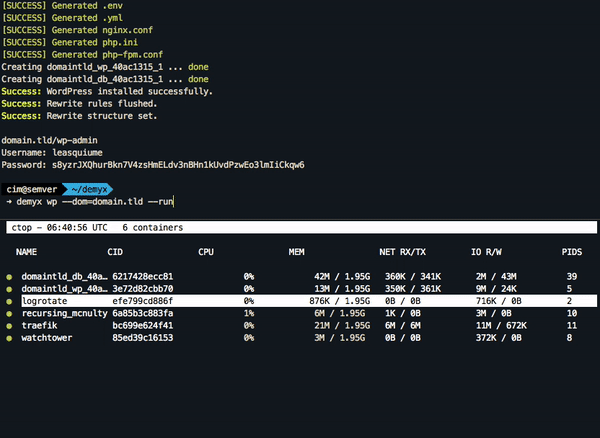V4 is being built to support the needs of a hosting business. A business supporting hundreds of sites needs to prevent Site A from interfering or accessing Site B.
This requirement is met by having every site being a standalone docker site. This adds complexities the average publisher will never be able to resolve.
For example, something as simple as a WWW to non-WWW redirect requires an individual publisher to understand the differences between a proxy-nginx and a site nginx. Which config file do you use? How do I restart each one? Why are there two? A hosting business can support this level of complexity.
An individual publisher cannot be expected to support this level of complexity. An individual publisher just wants to run WordPress on a VPS server. Without having to have detailed technical knowledge.
The first rule in technical architecture - Keep It Simple.
V4 != Easy != Keep It Simple



